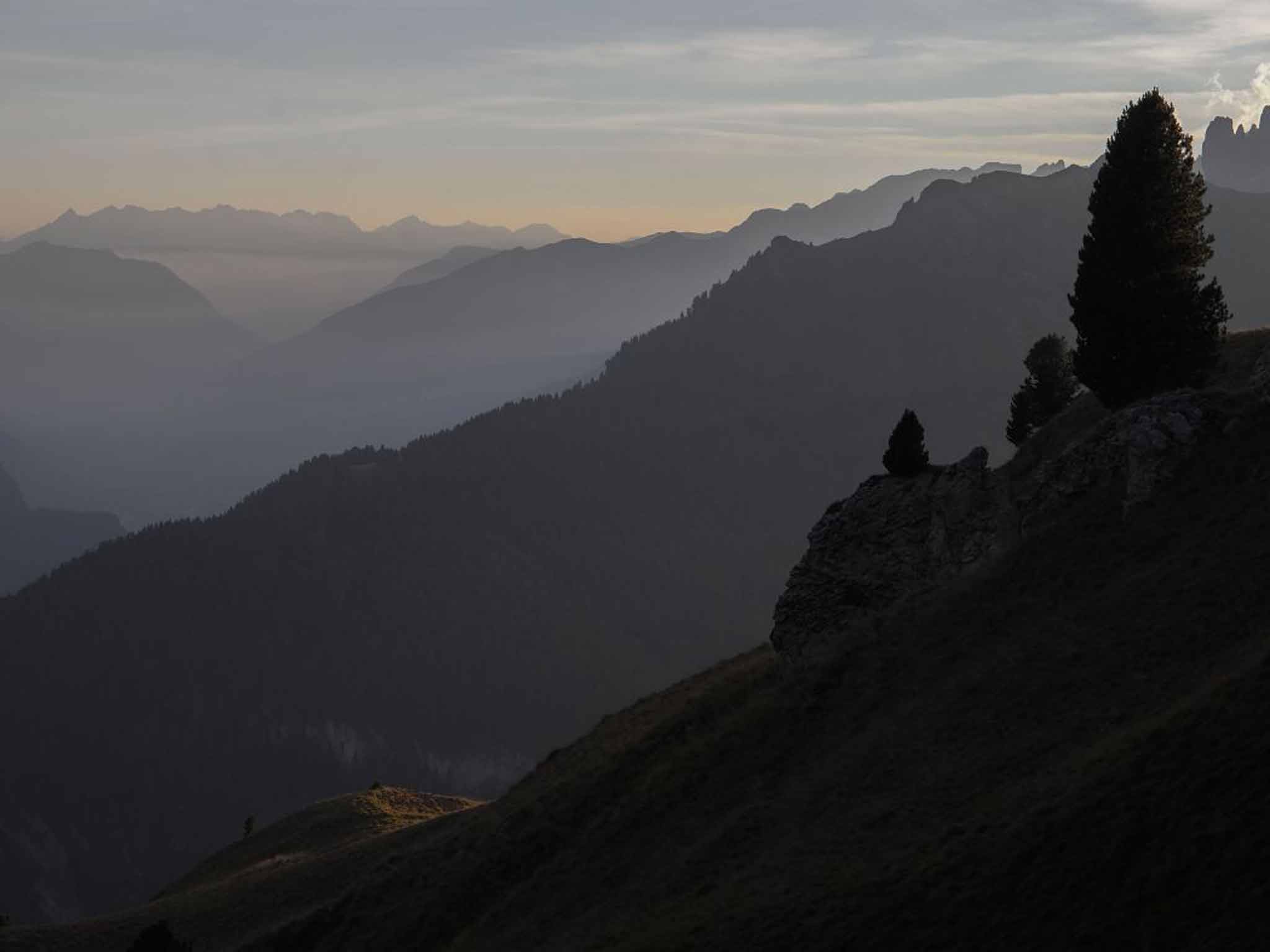How to take better holiday photos: The three pillars that will take you to the next level
A quick guide for snapping the Big Five, the view from Burj Khalifa, or simply the scenery on a country walk

Your support helps us to tell the story
From reproductive rights to climate change to Big Tech, The Independent is on the ground when the story is developing. Whether it's investigating the financials of Elon Musk's pro-Trump PAC or producing our latest documentary, 'The A Word', which shines a light on the American women fighting for reproductive rights, we know how important it is to parse out the facts from the messaging.
At such a critical moment in US history, we need reporters on the ground. Your donation allows us to keep sending journalists to speak to both sides of the story.
The Independent is trusted by Americans across the entire political spectrum. And unlike many other quality news outlets, we choose not to lock Americans out of our reporting and analysis with paywalls. We believe quality journalism should be available to everyone, paid for by those who can afford it.
Your support makes all the difference.Of the many tasks you need to think about before heading away on your travels, familiarising yourself with basic digital camera functions is one worth thinking about – it will make for a more engaging photographic experience, and even better pictures to show off when you get home. Teach yourself how to format a memory card, set the shutter speed and discover the surprises that lie beyond auto mode.
Mastering aperture opens up limitless creative opportunities in your photography. Simply put, aperture refers to how much light the lens captures and is measured in "f-stops" such as f/1.4, f/1.8, f/2 and so on. Keep in mind that the size of the aperture has a direct impact on the depth of field, the area of the image that will be in focus in front and behind the actual focus point.
Shutter speed is the length of time the shutter stays open and is indicated in fractions of a second or seconds: 1/500th, 1/125th, 1/30th second, one second, etc. When considering shutter speed always ask yourself if anything in the scene is moving and how you want to capture that movement. To freeze movement in an image, choose a faster shutter speed; to blur movement, suggesting motion, choose a slower speed.
ISO is your digital camera's level of sensitivity to available light. The lower the number, the less sensitive your camera is to light and the finer the grain in your images. The base setting is generally 100 ISO; this will give crisp, detailed shots. With higher ISO settings, your camera can capture images in low-light environments without having to resort to flash. But with a caveat – higher sensitivity adds grain or "noise" to pictures. Modern cameras have the added convenience of AUTO ISO, where the optimum ISO setting is selected automatically by the camera.
These three pillars of photography are key to creating a properly exposed photograph. How bright or dark your photo is in relation to the amount of light that is recorded by your camera's sensor is known as exposure. A correctly exposed photo resembles the brightness of the original scene; a poorly exposed photo will either be too dark or too bright, sometimes with little detail.
Finally, what image format should you choose, JPEG or RAW? In most cases, JPEG is perfectly adequate. This compressed format allows for more images to be stored on your memory card and is faster to upload. RAW produces higher quality and is better suited to post-processing and printing images larger than A4 size.
So, whether you're snapping the Big Five, the view from Burj Khalifa, or simply the scenery on a country walk – mastering the basics will take your photos to the next level.
Join our commenting forum
Join thought-provoking conversations, follow other Independent readers and see their replies
Comments